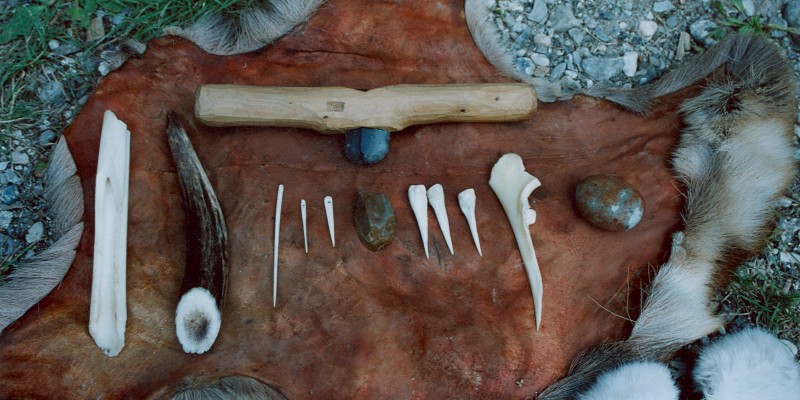
Studying object biographies, telling stories of the past
This event has now finished.
Room K/122, the Huntingdon Room, King's Manor, Exhibition Square (Map)
Event details
CAMA (Centre for Artefacts and Materials Analysis) official opening
Objects are so much more than their typological category, which is usually obvious at a glance to the educated observer. By closely looking at objects, they have exciting stories to tell about their life history and their meaning to the people who made and used them. Objects are made of raw materials that may be available nearby, or come from afar, telling us about long distance interactions between past people. They are also made in specific ways, using a specific toolkit. For example, a bone awl is made of a red deer metapodium, an animal with a special significance in the late Mesolithic and Neolithic. The toolkit to make it consisted of cutting and engraving tools of flint, a grinding stone of quartzite and a plant called Equisetum for polishing. It could then be used to make coiled baskets, garments of skin, or used as a hair or cloth pin. Some objects were chosen as burial gifts, others were sacrificed in rivers or peatbogs. The biographies of objects, from the choice of the material, the production process, their use life and their ultimate “death”, can be studied by means of a variety of new scientific techniques, many of which are concentrated in CAMA. I will present a range of case studies, dating from the Late Mesolithic to the Bronze Age, showing how use wear analysis in combination with experimental archaeology can “liven up” our vision of the past.
Venue details
Wheelchair accessible
